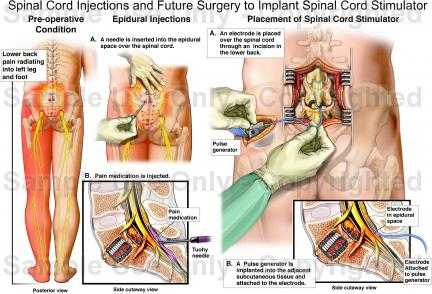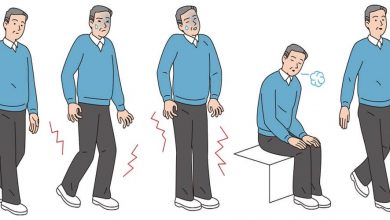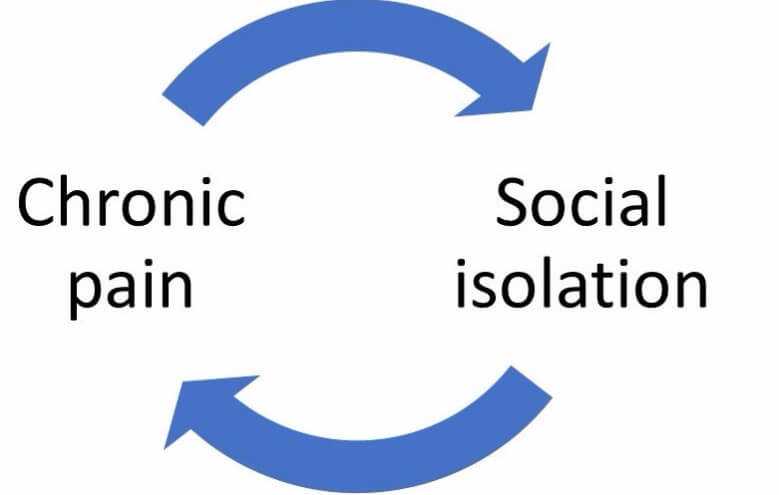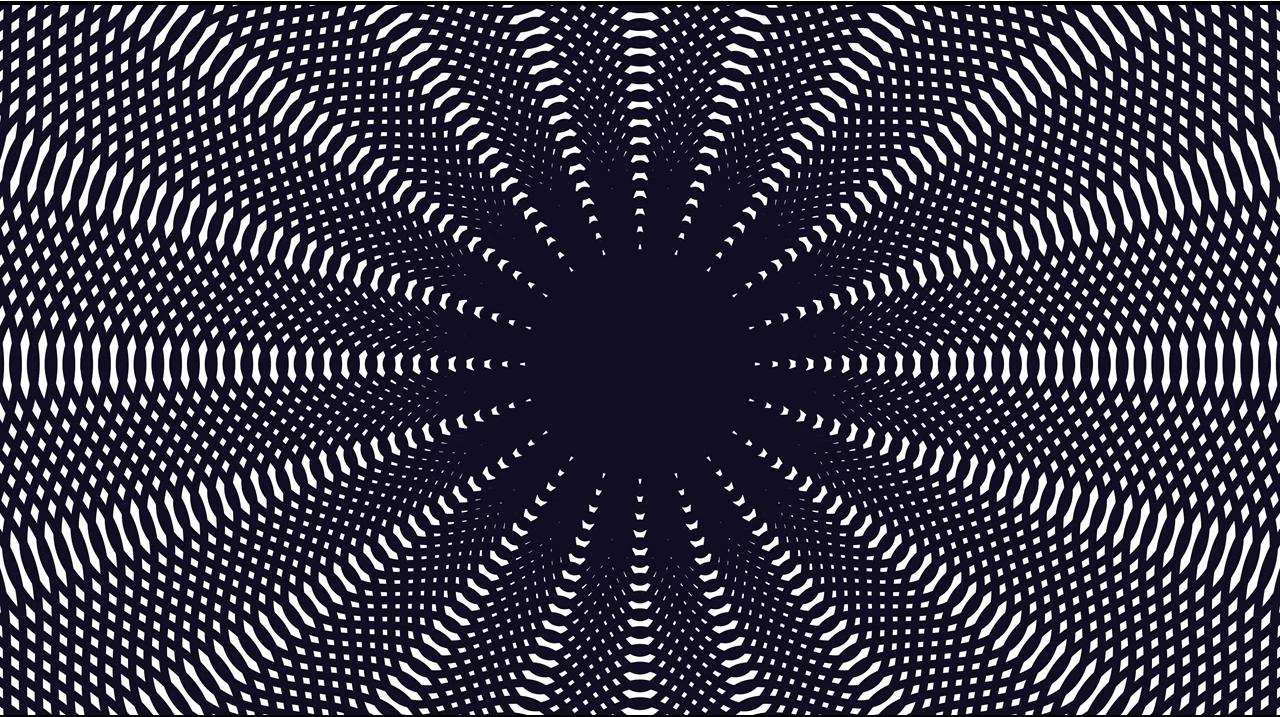Spinal Cord Stimulation Chronic Pain: An Ideal pain management tool

Many people in their middle ages suffer from chronic back pain. Especially women suffer lower back pain that is very severe and worsens as years pass. Chemotherapy involving many pills to be consumed through the day makes the person prone to intoxication and drug dependence. Holistic approach to pain management may be fruitful but they require lot of time to show some pain relief. Here is a revolutionised approach towards chronic pain management- spinal cord stimulation.

What is spinal cord stimulation all about?
External electrical pulses from the neurostimulators interact with the nerve impulses in the body. The electrical pulses from the implant interfere with the pain impulses radiating from the spinal cord and thus reduce the intensity of pain.
What is done during spinal cord stimulation?
Implantation of spinal cord stimulators is a simple outpatient procedure, but the follow ups and proper usage of stimulators is very important. The patient is anesthetized for insertion of test stimulator to assess the feasibility of the process. Only up on the success of the trial stimulation, the patient undergoes complete procedure of implantation of spinal cord stimulator.
Spinal cord stimulation is neurostimulatory process. The treatment involves implantation of neurostimulator, electrode and lead connecting the two. Neurostimulator is implanted under the skin of the abdomen or buttock area and the electrodes connecting it is implanted close to the spinal cord by surgery or percutaneous puncturing of skin. These implants are operated outside the body by means of a remote controller that switches the stimulator on or off and also controls the level of stimulation.
Once implantation is complete, the spinal cord is stimulated using the remote controller ideally 3 to 4 times a day for a duration of 1 to 2 hours each. But the frequency and intensity of spinal cord stimulation is individualized based on the requirement. The doctor may involve the patient in deciding the best pulse strength to be used.
Who is ideal for spinal cord stimulation?
Spinal cord stimulation is an invasive medical approach that involves usage of electric current to alter the nerve behaviour. This method makes use of stimulator implants that are placed under the abdomen and connected to the spinal canal. Spinal cord stimulation is recommended when the severity of pain is more than 50 mm on a visual analogue scale of 0-100 mm. Ideally spinal cord stimulators may be used only when the pain has been prevalent for several months (at least 6 months). Doctors, technicians and neurologists with expertise in nerve stimulation may assess the medical condition and start a trial of stimulation. Only when the trial stimulation of spinal cord is safe and effective in alleviating the pain, exact implantation of spinal cord stimulators are made.
Patients suffering from chronic pain due to neuropathic (related to abnormalities in the neuronal functioning) origin can expect benefits that cannot be compared with other medical procedures. Since spinal cord stimulation acts at the root level, the pain relief is almost instantaneous. Also patients suffering from ischemia (lack of oxygen) induced pain are reported to have benefited by spinal cord stimulation procedures.
Spinal cord stimulation surgery, Patient information as a pre-operative and post-operative measure:
Spinal cord stimulation is a procedure that might sometimes require surgery. Patients are hereby informed regarding the precautions, guidelines and warnings related to the procedure involved. Prior to spinal cord stimulation surgery, patients may need to undergo some lab tests including blood tests, EKG, MRI, CT and other medical clearance procedures. In case the patient is on medication that can cause bleeding, it is better to avoid them for 5 to 7 days before surgery. Like any other surgeries, patients are not allowed to eat or drink anything after mid night.
The spinal cord stimulation surgery involves two stages.
In stage 1, the device is implanted to the patient. This may take 1.5 to 2 hours. Followed by the implantation, initial programming of stimulator is carried out. This is a trial stage where the neurologist analyzes if the spinal cord stimulation is successful. The patients are expected to understand the usage of remote controller and the external battery (if used). The patient is advised to take the pain medications as usual, but during the trial period the patient should not take shower or in any other way wet the bandages, drive or life heavy objects (more than 5 pounds).

If the trial stage is successful only then the neurologist and the multidisciplinary team may go ahead with the stage 2 of the surgery. The patient may follow same pre operative measures as for that of the trial stage.
In stage 2, the patient undergoes surgery lasting 1 to 1.5 hours. Once the implantation and initial programming is done, the patient is checked for proper electrode positioning by X-ray. Same post operative measures may be taken as in of the trial stage. The bandages may be removed in 2 days and incisions after 5 days.
The surgery involves placement of leads after a small skin incision by removing a portion of lamina to place leads on the bony arch of the vertebra. Once the leads are placed in the epidural region, the physician connects number of leads to respective electrodes which is further connected to the stimulator.
The patient may be awakened to determine the stimulation pattern if it can alleviate or reduce the discomfort to the patient, followed by test stimulation the surgeon then sedates the patient again.
Next, surgeon tunnels the extension wire and connects it to the abdominal region or buttocks where generator has to be implanted. Neuro generator is then implanted by making an incision below the waistline. Once implanted, the pulse generator is connected to the lead wires, tissues are sutured back and incisions closed.
In case the patients are on any of the following medications- plavix, NSAIDS, coumadin, aspirin, are advised to stop them. Tylenol and Celebrex may be continued until surgery.
Spinal cord stimulation surgery recovery time
Patients who have undergone spinal cord stimulation surgery should abstain from physical exertions till the physician and his team gives a green signal. Usually the patient recovers from surgery in 3 to 4 months. And the patient may lead a normal life from then.





